Electrospinning Mechanism of Nanofiber Yarn and Its Multiscale Wrapping Yarn
Abstract
:1. Background
2. Introduction
3. Materials and Methods
3.1. Main Materials and Equipment
3.2. Experimental Method
3.2.1. Self-Made Electrospinning Nanofiber Yarn Forming Device
3.2.2. Preparation of Electrospinning Solution
3.2.3. Analytical Test Method
4. Experimental Data and Analysis
4.1. Electric Field Simulation Analysis of Electrospinning Nanofiber Yarn Forming Device
4.2. SEM Image Analysis
4.2.1. Effect of Changing the Distance from the Ring to the Disk on the Surface Morphology of the Fiber
4.2.2. Effect of Changing the Distance between the Tip of the Needle and the Center of the Disk on the Surface Morphology of the Fiber
4.2.3. Effect of Changing the Disk Rotation Speed on the Fiber Surface Morphology
4.2.4. Electrospun Nanofiber-Wrapped Structural Yarns after Changing
4.3. Mechanical Performance Analysis
4.3.1. Change the Electrospinning Nanofiber Yarn under
4.3.2. Electrospun Nanofiber-Wrapped Structural Yarns after Changing
5. The Nanofiber-Wrapped Yarn Formation Mechanism
5.1. Wrapping Mechanism under Specific Assumptions
5.2. Wrapping Mechanism under Non-Specific Conditions
5.2.1. Inner and Outer Diameters of the Ring Are Not Ignored
5.2.2. Randomly Fixed Nanofiber ends
5.2.3. Coreless Yarn
5.3. Analysis of the Uniqueness of the Electrospinning Nanofiber Wrapping Process
5.3.1. Dispersion of Oriented Nanofiber Collection Process
5.3.2. Discontinuity of Fiber Length Direction during Mechanical Twisting
5.3.3. Non-Uniformity of the Twist Angles during Mechanical Twisting and Wrapping Process
6. Conclusions
Author Contributions
Funding
Acknowledgments
Conflicts of Interest
References
- Li, P.; Liu, D.; Zhu, B.; Li, B.; Jia, X.; Wang, L.; Li, G.; Yang, X. Synchronous effects of multiscale reinforced and toughened CFRP composites by MWNTs-EP/PSF hybrid nanofibers with preferred orientation. Compos. Part A Appl. Sci. Manuf. 2015, 68, 72–80. [Google Scholar] [CrossRef]
- Yan, T.; Wang, Z.; Wang, Y.-Q.; Pan, Z.-J. Carbon/graphene composite nanofiber yarns for highly sensitive strain sensors. Mater. Des. 2018, 143, 214–223. [Google Scholar] [CrossRef]
- Gao, H.; Asheghali, D.; Yadavalli, N.; Pham, M.T.; Nguyen, T.D.; Minko, S.; Sharma, S. Fabrication of core-sheath nanoyarn via touchspinning and its application in wearable piezoelectric nanogenerator. J. Text. Inst. 2020, 111, 906–915. [Google Scholar] [CrossRef]
- Sensini, A.; Santare, M.H.; Eichenlaub, E.; Bloom, E.; Gotti, C.; Zucchelli, A.; Cristofolini, L. Tuning the Structure of Nylon 6,6 Electrospun Bundles to Mimic the Mechanical Performance of Tendon Fascicles. Front. Bioeng. Biotechnol. 2021, 9, 230. [Google Scholar] [CrossRef] [PubMed]
- Yang, G.; Li, X.; He, Y.; Ma, J.; Ni, G.; Zhou, S. From nano to micro to macro: Electrospun hierarchically structured polymeric fibers for biomedical applications. Prog. Polym. Sci. 2018, 81, 80–113. [Google Scholar] [CrossRef]
- Yang, Y.; Zhao, Y.; Quan, Z.; Zhang, H.; Qin, X.; Wang, R.; Yu, J. An efficient hybrid strategy for composite yarns of micro-/nano-fibers. Mater. Des. 2019, 184, 108196. [Google Scholar] [CrossRef]
- Zhong, S.; Zhang, Y.; Lim, C.T. Fabrication of Large Pores in Electrospun Nanofibrous Scaffolds for Cellular Infiltration: A Review. Tissue Eng. Part B Rev. 2012, 18, 77–87. [Google Scholar] [CrossRef] [PubMed]
- Qasim, S.B.; Zafar, M.S.; Najeeb, S.; Khurshid, Z.; Shah, A.H.; Husain, S.; Rehman, I.U. Electrospinning of chitosan-based solutions for tissue engineering and regenerative medicine. Int. J. Mol. Sci. 2018, 19, 407. [Google Scholar] [CrossRef] [Green Version]
- Zafar, M.; Najeeb, S.; Khurshid, Z.; Vazirzadeh, M.; Zohaib, S.; Najeeb, B.; Sefat, F. Potential of Electrospun Nanofibers for Biomedical and Dental Applications. Materials 2016, 9, 73. [Google Scholar] [CrossRef] [PubMed]
- Jiang, C.; Wang, K.; Liu, Y.; Zhang, C.; Wang, B. Using Wet Electrospun PCL/Gelatin/CNT Yarns to Fabricate Textile-Based Scaffolds for Vascular Tissue Engineering. ACS Biomater. Sci. Eng. 2021, 7, 2627–2637. [Google Scholar] [CrossRef]
- Zheng, Y.; Panatdasirisuk, W.; Liu, J.; Tong, A.; Xiang, Y.; Yang, S. Patterned, Wearable UV Indicators from Electrospun Photochromic Fibers and Yarns. Adv. Mater. Technol. 2020, 5, 2000564. [Google Scholar] [CrossRef]
- Yang, E.; Xu, Z.; Chur, L.K.; Behroozfar, A.; Baniasadi, M.; Moreno, S.; Huang, J.; Gilligan, J.; Minary-Jolandan, M. Nanofibrous Smart Fabrics from Twisted Yarns of Electrospun Piezopolymer. ACS Appl. Mater. Interfaces 2017, 9, 24220–24229. [Google Scholar] [CrossRef]
- Wu, S.; Liu, P.; Zhang, Y.; Zhang, H.; Qin, X. Flexible and conductive nanofiber-structured single yarn sensor for smart wearable devices. Sens. Actuators B Chem. 2017, 252, 697–705. [Google Scholar] [CrossRef]
- Busolo, T.; Szewczyk, P.K.; Nair, M.; Stachewicz, U.; Kar-Narayan, S. Triboelectric Yarns with Electrospun Functional Polymer Coatings for Highly Durable and Washable Smart Textile Applications. ACS Appl. Mater. Interfaces 2021, 13, 16876–16886. [Google Scholar] [CrossRef]
- Dai, Z.; Yan, F.; Qin, M.; Yan, X. Fabrication of flexible SiO2 nanofibrous yarn via a conjugate electrospinning process. e-Polymers 2020, 20, 600–605. [Google Scholar] [CrossRef]
- Qiu, Q.; Chen, S.; Li, Y.; Yang, Y.; Zhang, H.; Quan, Z.; Qin, X.; Wang, R.; Yu, J. Functional nanofibers embedded into textiles for durable antibacterial properties. Chem. Eng. J. 2020, 384, 123241. [Google Scholar] [CrossRef]
- Sensini, A.; Gualandi, C.; Focarete, M.L.; Belcari, J.; Zucchelli, A.; Boyle, L.; Reilly, G.C.; Kao, A.P.; Tozzi, G.; Cristofolini, L. Multiscale hierarchical bioresorbable scaffolds for the regeneration of tendons and ligaments. Biofabrication 2019, 11, 035026. [Google Scholar] [CrossRef]
- Chen, R.; Liu, J.; Sun, Z.; Chen, D. Functional Nanofibers with Multiscale Structure by Electrospinning. Nanofabrication 2018, 4, 17–31. [Google Scholar] [CrossRef]
- Hou, L.; Wang, N.; Wu, J.; Cui, Z.; Jiang, L.; Zhao, Y. Bioinspired Superwettability Electrospun Micro/Nanofibers and Their Applications. Adv. Funct. Mater. 2018, 28, 1801114. [Google Scholar] [CrossRef]
- Yan, T.; Zhang, M.; Jiang, J.; Chen, N. Synthesis of DBSA-doped Polyaniline by Emulsion Polymerization and PANI/PLA Electrospun Fiber Membrane Conductivity. J. Text. Inst. 2019, 110, 274–281. [Google Scholar] [CrossRef]
- Valtera, J.; Kalous, T.; Pokorny, P. Fabrication of dual-functional composite yarns with a nanofibrous envelope using high throughput AC needleless and collectorless electrospinning. Scientific reports 2019, 9, 1–10. [Google Scholar] [CrossRef] [PubMed]
- Xu, T.C.; Han, D.H.; Zhu, Y.M.; Duan, G.G.; Liu, K.M.; Hou, H.Q. High Strength Electrospun Single Copolyacrylonitrile (coPAN) Nanofibers with Improved Molecular Orientation by Drawing. Chin. J. Polym. Sci. 2021, 39, 174–180. [Google Scholar] [CrossRef]
- Wu, S.H.; Zhang, C.; Qin, X. Progress in Electrospun Aligned Nanofiber Bundles and Yarns. Polym. Mater. Sci. Eng. 2014, 30, 182–186. [Google Scholar]
- Maleki, H.; Gharehaghaji, A.A.; Dijkstra, P.J. Electrospinning of continuous poly (L-lactide) yarns: Effect of twist on the morphology, thermal properties and mechanical behavior. J. Mech. Behav. Biomed. Mater. 2017, 71, 231–237. [Google Scholar]
- Yao, C.; Hui, Y.U.; Jia, Y.; Borisov, L. Influence of spinning parameters based on gap conductive plate method on orientation of polycaprotactonenanofibers. J. Text. Res. 2016, 37, 11–15. [Google Scholar]
- Ko, F.; Gogotsi, Y.; Ali, A.; Naguib, N.; Ye, H.; Yang, G.; Li, C.; Willis, P. Electrospinning of Continuous Carbon Nanotube-Filled Nanofiber Yarns. Adv. Mater. 2003, 15, 1161–1165. [Google Scholar] [CrossRef]
- Yousefzadeh, M.; Latifi, M.; Teo, W.E.; Tehran, M.A.; Ramakrishna, S. Producing continuous twisted yarn from well-aligned nanofibers by water vortex. Polym. Eng. Sci. 2010, 51, 323–329. [Google Scholar] [CrossRef]
- Zhou, F.L.; Gong, R.H.; Porat, I. Nano-wrapped hybrid yarns using electrospinning. Surface Wrap. Technol. 2010, 204, 3459–3463. [Google Scholar]
- Liu, C.; He, H.; Sun, R.; Yu, Q. Influence of Spinning Process on Covering Property of Core-Spun NanofiberYarn. Polym. Mater. Sci. Eng. 2016, 32, 82–86. [Google Scholar]
- Niu, H.; Gao, W.; Lin, T.; Wang, X.; Kong, L. Composite yarns fabricated from continuous needleless electrospunnanofibers. Polym. Eng. Sci. 2014, 54, 1495–1502. [Google Scholar]
- Katnam, K.B.; Dalfi, H.; Potluri, P. Towards balancing in-plane mechanical properties and impact damage tolerance of composite laminates using quasi-UD woven fabrics with hybrid warp yarns. Compos. Struct. 2019, 225, 111083. [Google Scholar] [CrossRef]
- Jin, S.; Xin, B.; Zheng, Y. Preparation and characterization of polysulfone amide nanoyarns by the dynamic rotating electrospinning method. Text. Res. J. 2019, 89, 52–62. [Google Scholar] [CrossRef]



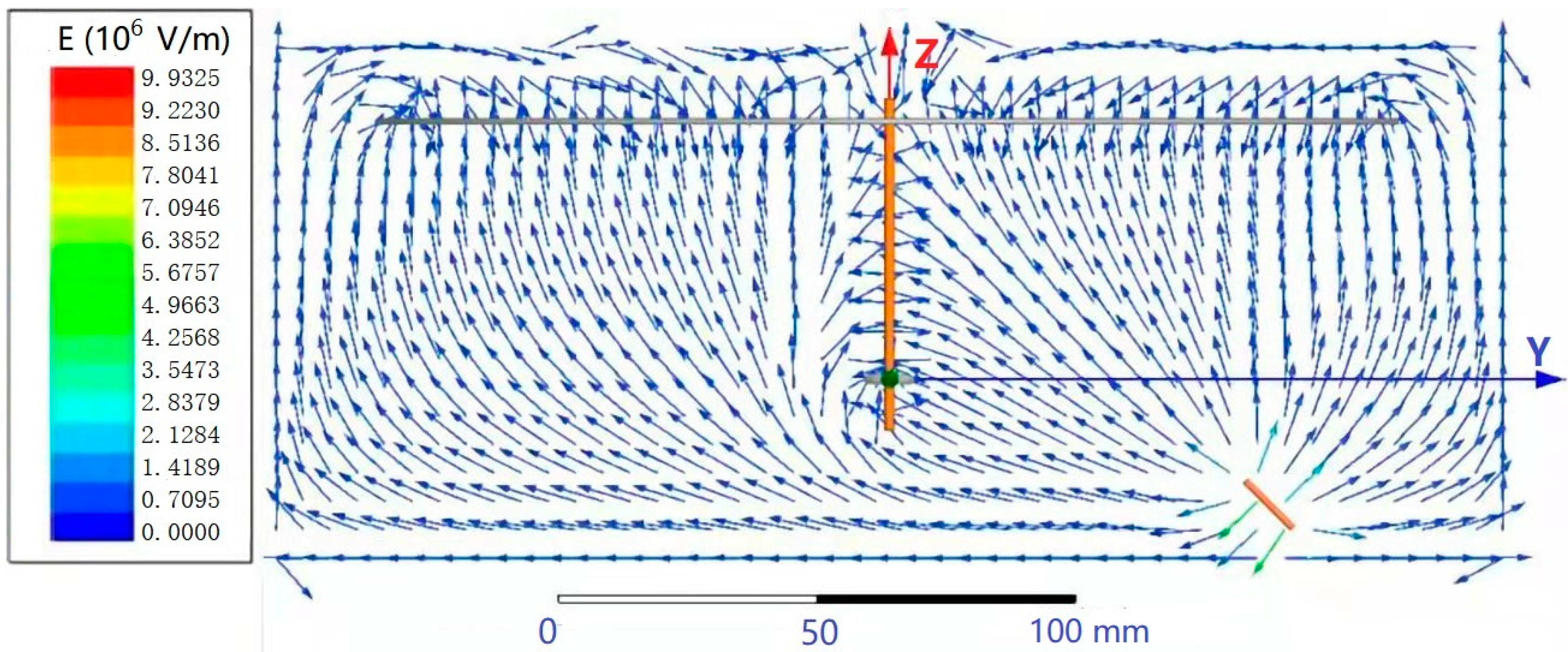



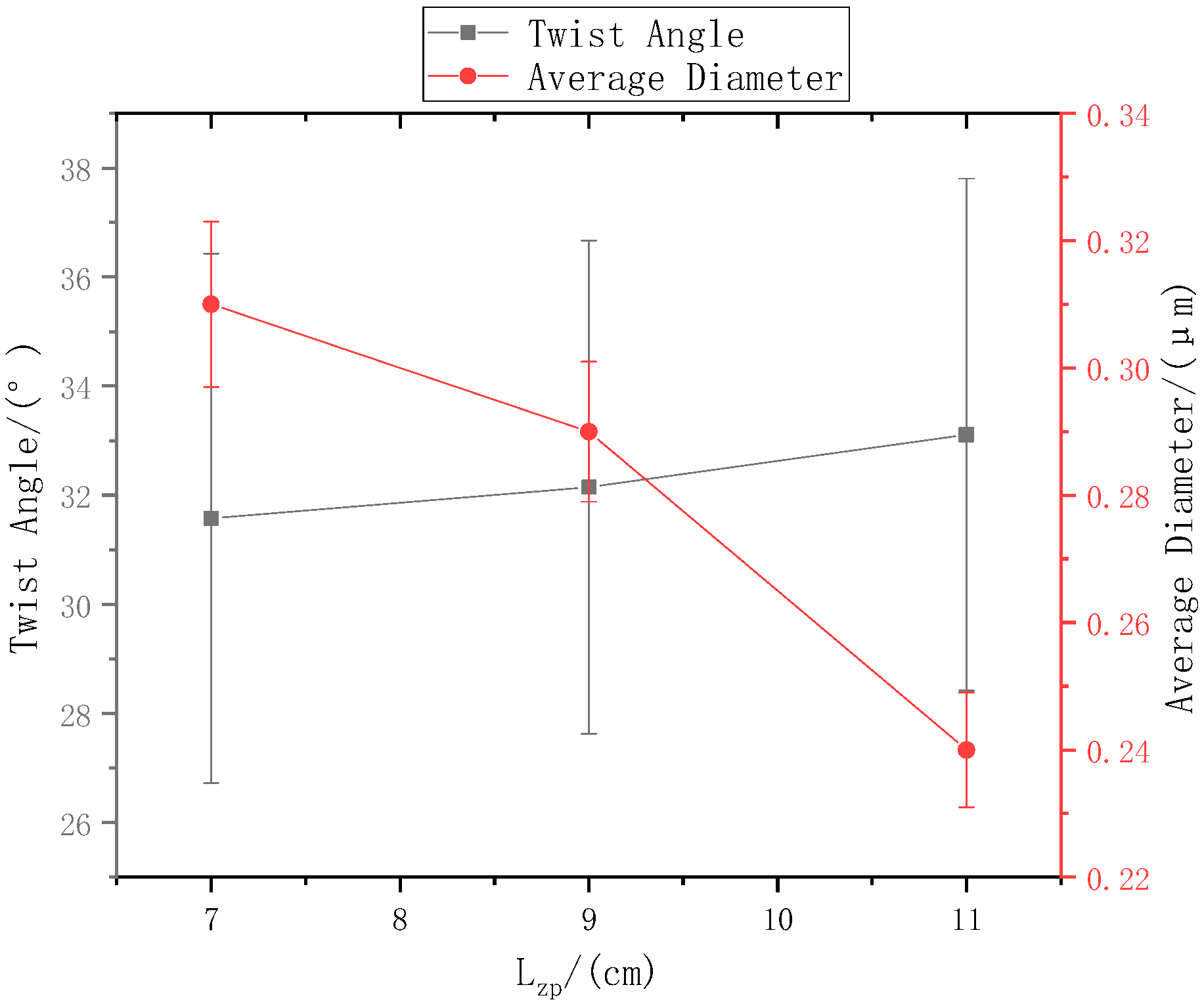

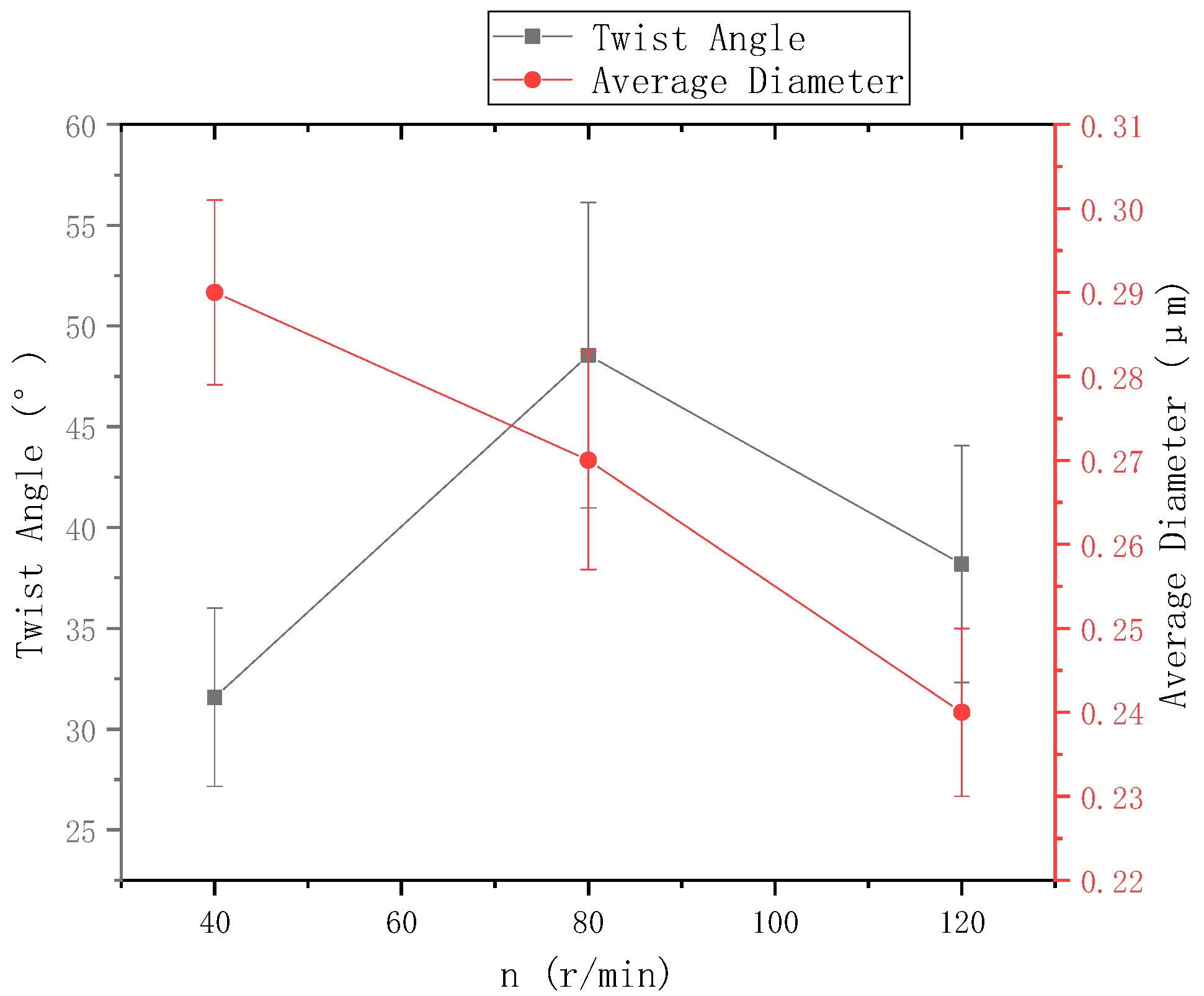

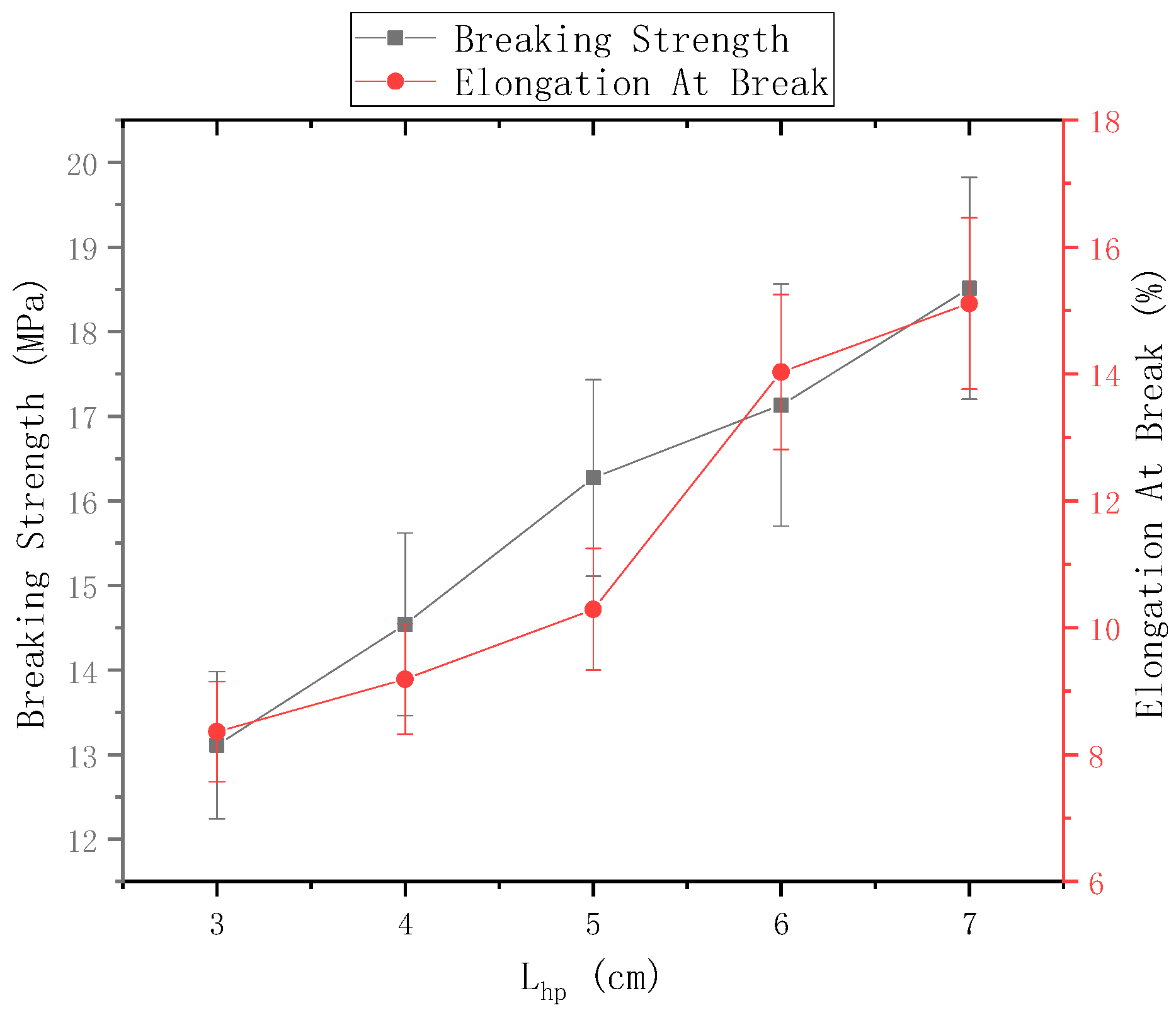

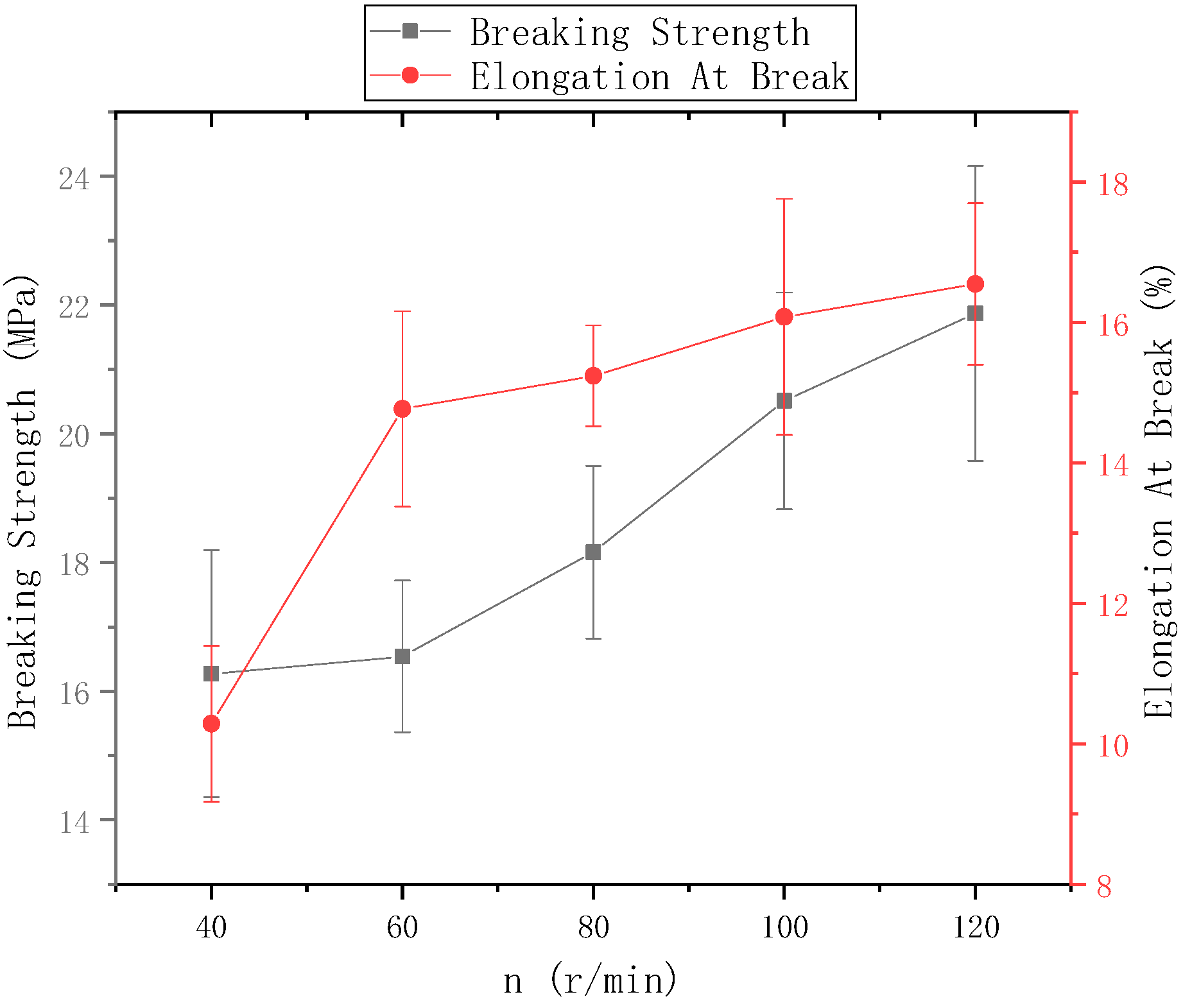


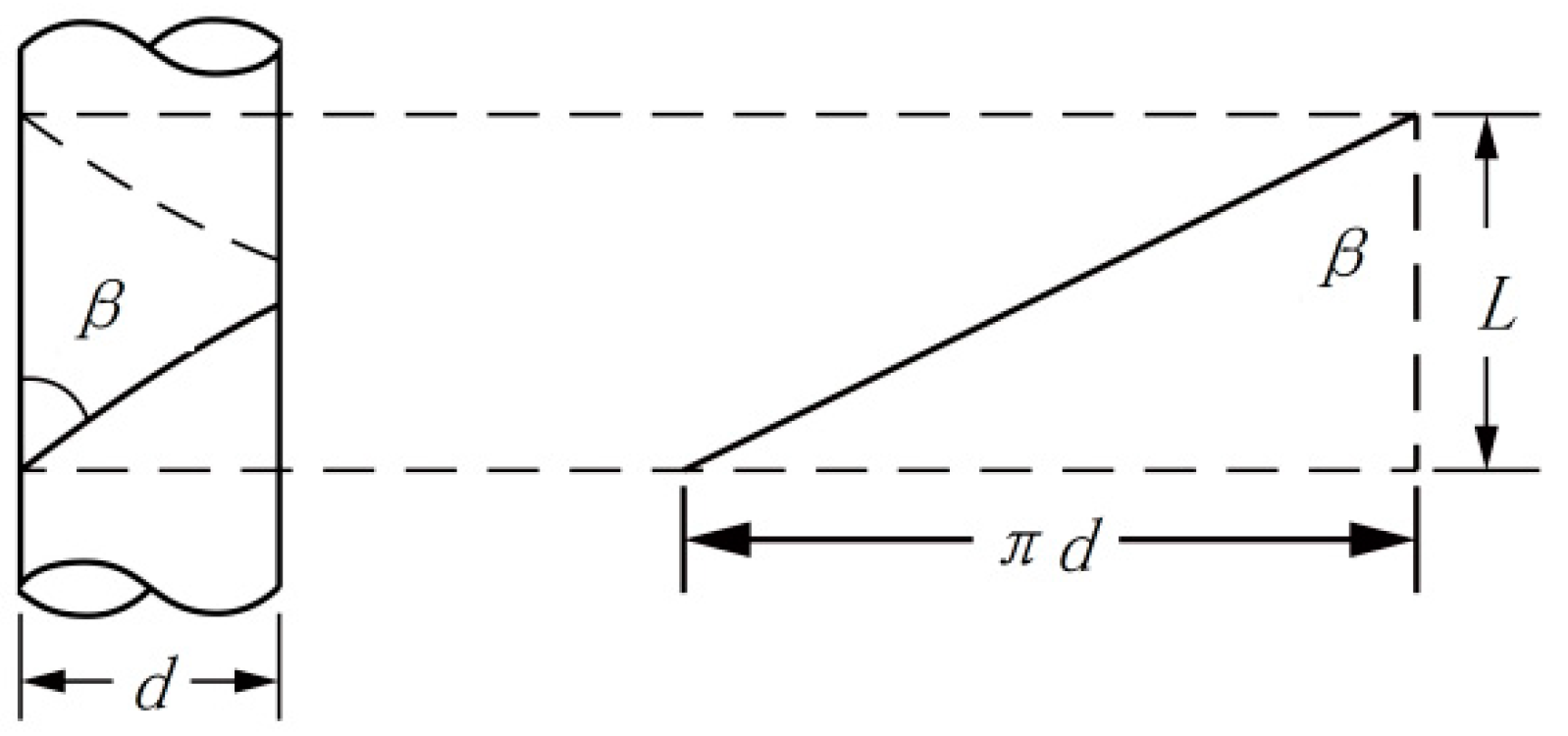


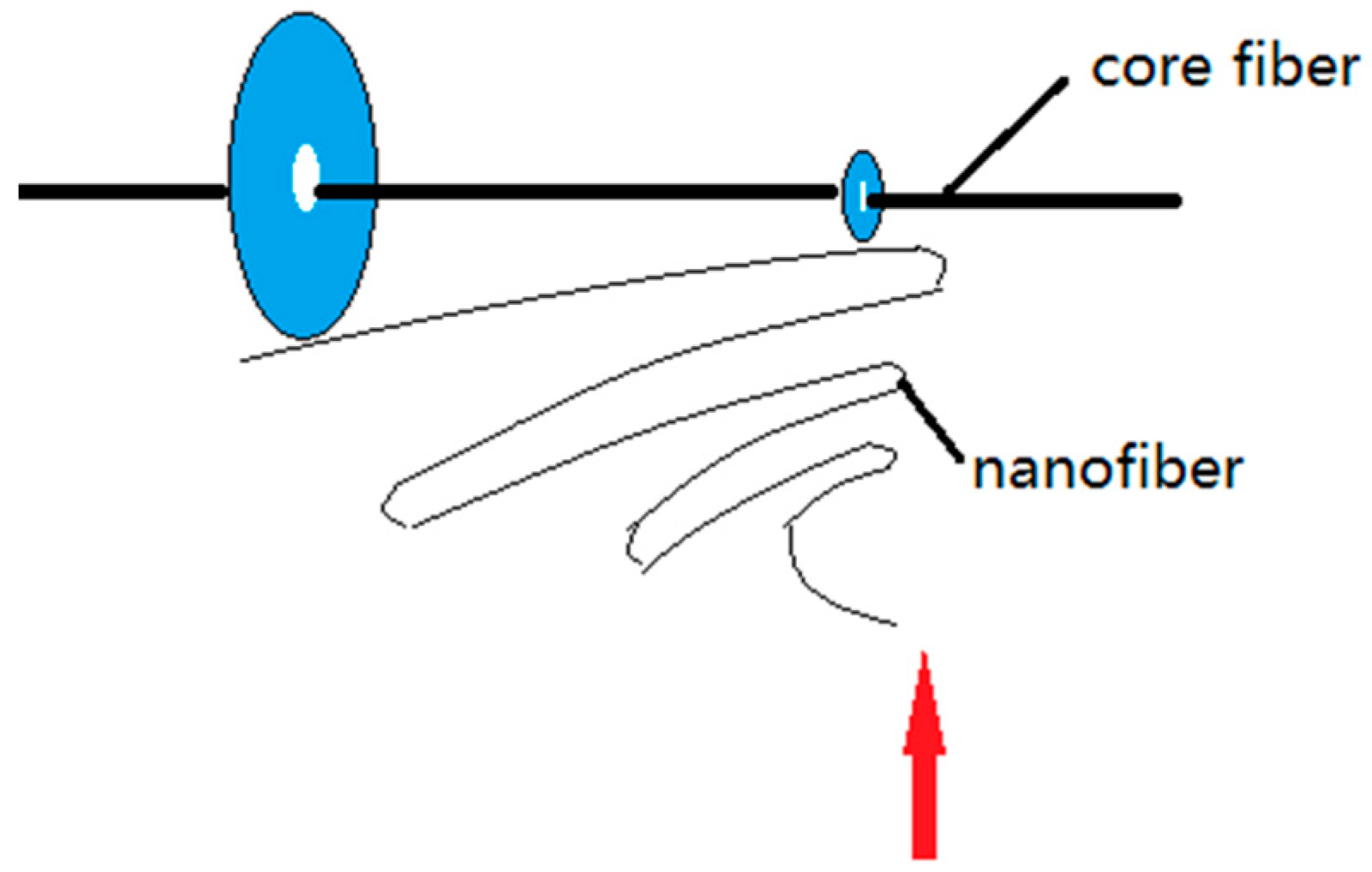
Publisher’s Note: MDPI stays neutral with regard to jurisdictional claims in published maps and institutional affiliations. |
© 2021 by the authors. Licensee MDPI, Basel, Switzerland. This article is an open access article distributed under the terms and conditions of the Creative Commons Attribution (CC BY) license (https://creativecommons.org/licenses/by/4.0/).
Share and Cite
Yan, T.; Shi, Y.; Zhuang, H.; Lin, Y.; Lu, D.; Cao, S.; Zhu, L. Electrospinning Mechanism of Nanofiber Yarn and Its Multiscale Wrapping Yarn. Polymers 2021, 13, 3189. https://doi.org/10.3390/polym13183189
Yan T, Shi Y, Zhuang H, Lin Y, Lu D, Cao S, Zhu L. Electrospinning Mechanism of Nanofiber Yarn and Its Multiscale Wrapping Yarn. Polymers. 2021; 13(18):3189. https://doi.org/10.3390/polym13183189
Chicago/Turabian StyleYan, Taohai, Yajing Shi, Huimin Zhuang, Yu Lin, Dongdong Lu, Shengbin Cao, and Lvtao Zhu. 2021. "Electrospinning Mechanism of Nanofiber Yarn and Its Multiscale Wrapping Yarn" Polymers 13, no. 18: 3189. https://doi.org/10.3390/polym13183189
APA StyleYan, T., Shi, Y., Zhuang, H., Lin, Y., Lu, D., Cao, S., & Zhu, L. (2021). Electrospinning Mechanism of Nanofiber Yarn and Its Multiscale Wrapping Yarn. Polymers, 13(18), 3189. https://doi.org/10.3390/polym13183189





